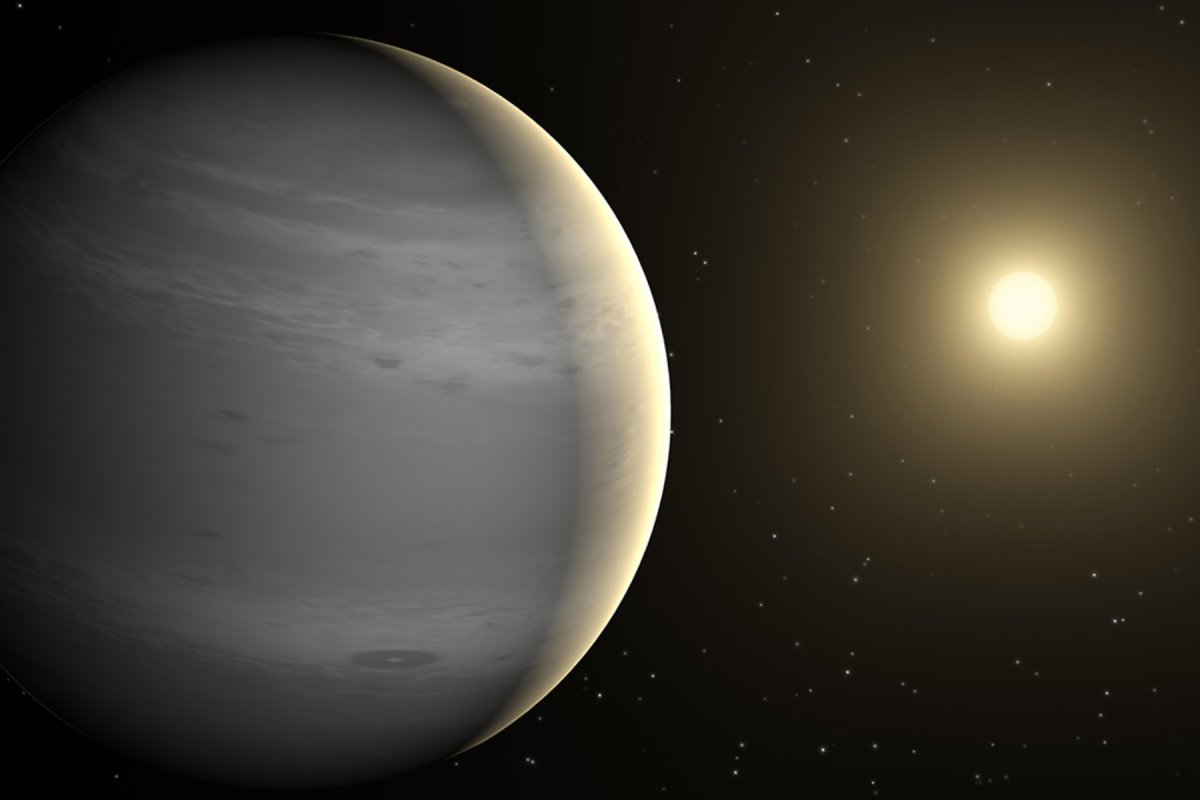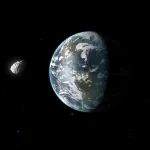Key Takeaways:
- Astronomers have discovered an enormous but very low-density exoplanet named WASP-193b.
- WASP-193b is the second-least dense exoplanet ever discovered, with a density similar to cotton candy.
- Scientists are unsure why WASP-193b has such a low density, but they hypothesize that it could be composed of hydrogen and helium with a much wider atmosphere than usual.
- Because WASP-193b is an outlier in all of our current formation theories, astronomers are planning to conduct additional research on it to determine its formation and low-density state.
- The James Webb Space Telescope (JWST) may be used to study the atmosphere of WASP-193b in order to solve the mystery of its low density.
Astronomers have discovered an odd planet that is enormous but only slightly denser than cotton candy.
According to a new paper published in the journal Nature Astronomy, this planet, named WASP-193b, has a density of about 0.059 grams per cubic centimeter, or 3.68 pounds per cubic foot, making it the second-least dense exoplanet ever discovered.
This means that even though it is 50% bigger in size than our neighboring planet Jupiter, it is roughly seven times less dense than Jupiter and only has 1% of our planet’s density.

In a statement, Massachusetts Institute of Technology professor and study co-author Julien de Wit said, “The planet is so light that it’s difficult to think of an analogous, solid-state material.” “The reason why it’s close to cotton candy is because both are pretty much air. The planet is basically super fluffy.”
Using multiple observatories in both hemispheres, the Wide Angle Search for Planets (WASP) scientific collaboration project made the initial discovery of WASP-193b in 2023. WASP-193b is located approximately 1,181 light-years from Earth. Scientists noticed that the brightness of the star WASP-193 occasionally dropped, suggesting that a planet might be transiting across its surface.
Based on this information, the scientists discovered that WASP-193b is a gas giant exoplanet that revolves around its sun-like star once every 6.2 days, traveling at a distance of about 7% of Earth’s distance from the sun.
Additionally, the planet’s mass of 0.139 Jupiters was found, but it was only 1.5 times the size of the planet, indicating that its density must be extremely low. The density of Jupiter is approximately 1.33 grams/cm^2, compared to WASP-193 b’s 0.059 grams/cm^2. The density of Earth is 5.51 grams/cm^2.
“WASP-193b is the second-least dense planet discovered to date, after Kepler-51d, which is much smaller,” exoplanet researcher Khalid Barkaoui, who is co-author of the study and works at the EXOTIC Laboratory of the University of Liège in Belgium, stated in the statement.
It stands out among the more than 5,000 exoplanets that have been found to date due to its incredibly low density. Even with the implausible assumption of a coreless structure, standard models of irradiated gas giants are unable to replicate this extremely low density.
Because of this, the scientists hypothesize that it could be composed of hydrogen and helium, just like other gas giants, but for some reason that is still unknown to astronomers, it has a much wider atmosphere. Typically, stellar winds carry these gases away from planets with such thin atmospheres.

Because this planet is an outlier in all of our current formation theories, we are unsure of where to place it. We are unable to explain the formation of this planet. Looking more closely at its atmosphere will allow us to constrain an evolutionary path of this planet,” study co-author Francisco Pozuelos, an astronomer at the Instituto de Astrofisica de Andalusia in Granada, Spain, said in the statement.
In order to ascertain the precise formation and low-density state of the planet, astronomers intend to conduct additional research on it.
“WASP-193b is a cosmic mystery. Solving it will require some more observational and theoretical work, notably to measure its atmospheric properties with the JWST space telescope and to confront them to different theoretical mechanisms that possibly result in such an extreme inflation”, Barkaoui said.
The James Webb Space Telescope, also known as JWST, was launched in 2021 and uses infrared astronomy to study objects that are too far away for the Hubble Space Telescope to see.


